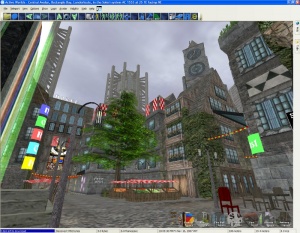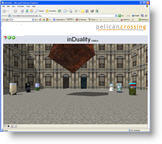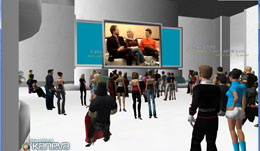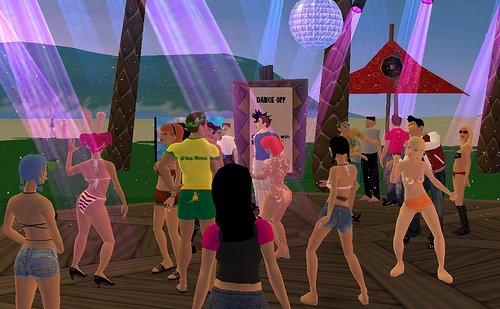The 2045 Initiative was founded by Dmitry Itskov in February 2011 in partnership with leading Russian scientists. Dmitry Itskov is the founder and President of New Media Stars. He attended the top economics university in Russia and has more than ten years of work experience in media projects.
The main objectives of the 2045 Initiative are:
- creation of a new vision of human development that meets global challenges humanity faces today
- realization of the possibility of a radical extension of human life by means of cybernetic technology
- formation of a new culture associated with these technologies
The 2045 team is working towards creating an international research center where leading scientists will be engaged in research and development in the fields of anthropomorphic robotics, living systems modeling and brain and consciousness modeling with the goal of transferring one’s individual consciousness to an artificial carrier and achieving cybernetic immortality.
The main idea is the 2045 Avatar Project which is planned to be conducted in four steps :
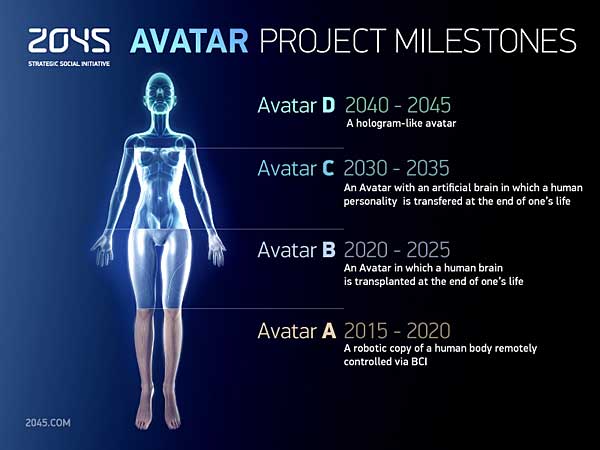
The 2045 Avatar Project
- creation of a human-like robot dubbed Avatar A and a state-of-the-art brain-computer interface system to link the mind with it
- creation of a life support system for the human brain, which connects to the Avatar A, turning into Avatar B
- development of an artificial brain in which to transfer one’s individual consciousness with the goal of achieving cybernetic immortality : Avatar C
- development of a hologram-like avatar : Avatar D
A video of the 2045 project is available at Youtube.
An annual congress The Global Future 2045 (GF2045) is organized by the Initiative to give platform for discussing mankind’s evolutionary strategy based on technologies of cybernetic immortality as well as the possible impact of such technologies on global society, politics and economies of the future.
The first annual congress Modeling and Predicting Worldwide Dynamics took place in February 2012 in Moscow. More than 50 scientist, including physicists, biologists, anthropologists, sociologists, psychologists, and philosophers have been trying to outline a strategy for further development of the humankind. Among the speakers were Eric Chaisson, David Christian, Raymond Kurzweil, John Smart, Fred Spier. Videos and transcripts of the presentations and the round tables are available at the GF2045 website.
The second GF2045 International Congress was held in June 2013 in New York City. Among the speakers were George Church, Sir Roger Penrose, Hiroshi Ishiguro, David Hanson, Marvin Minsky, Ben Goertzel, Raymond Kurzweil.




